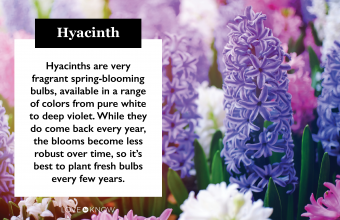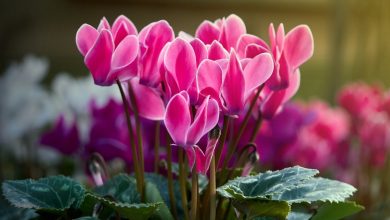Chinese jasmine care and characteristics
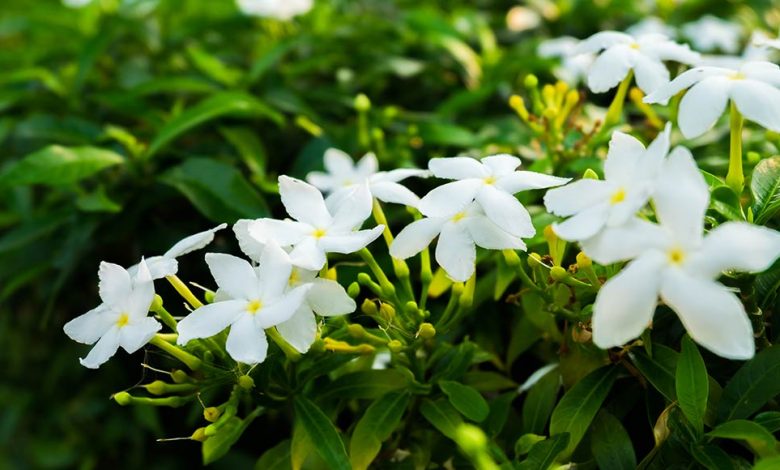
Chinese jasmine is one of those species that falls in love as soon as we see it. This climbing jasmine draws attention both for its small flowers and great perfume and for its resistance. For this reason, it is an ideal proposal for both interiors and exteriors.
Traditionally, jasmine has been one of those plants that is never lacking in gardens or even indoors. A very versatile species and especially famous for the jasmine flower, which generates a pleasant smell and is very attractive to the eye. Best of all, the different varieties of jasmine behave in a similar way, varying mainly in the shape and appearance of those flowers. So having a nice and pleasant environment thanks to these plants is not complicated, both inside and outside the home.
In detail
Chinese jasmine, with the scientific name Jasminum Polyanthum, and also known as pink jasmine or white jasmine, is an evergreen climbing plant whose origin is found in different regions of China and Burma. Due to its mopping character, it is a very easy plant to place in all kinds of environments, where it can grow upwards, so it serves as an interesting complement to any fence or even on facades. If used indoors, it is enough to place rods and other elements in which it can grow so that the plant develops with solvency.
Regarding its detailed description, one of the details that most attracts the attention of this jasmine are the leaves, composed of numerous leaflets and that the plant develops rapidly. In them the flowers appear, which give this attractive character to the plant. If you don’t know when jasmine flowers, we can tell you that this flowering occurs from the end of winter to the end of spring, until the summer temperatures begin to take hold.
By the way, although due to its appearance and flowers it can be confused with winter jasmine, it is key to be clear about the species in question, to adjust the care to what it may need. However, almost everything that we are going to comment on, with rare exceptions, would be applicable to almost all the plants of this family.
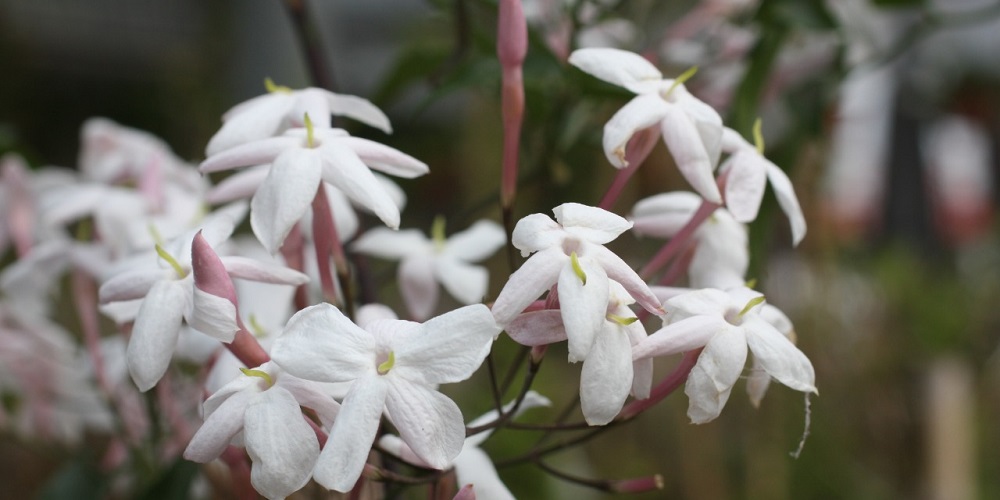
Chinese jasmine plantation
The first thing we should know is how to plant Chinese jasmine in our home. One of the most common ways to do this is by buying plants with suitable measurements, which we can place directly in our garden or in a pot, depending on size. To do this, simply choose an area where the plant is exposed to the sun directly or in semi-shaded areas, trying to avoid areas of low temperatures in winter.
Regarding the soil, it is enough to have your own garden land, fed with some organic fertilizer such as manure or mulch. What is important is that this soil has adequate drainage, so that the jasmine does not get too waterlogged with irrigation. These same criteria are applicable to plants that we grow indoors, in pots. Planting should always be done in mulch or similar, including various stones inside in order to achieve good water drainage. On the other hand, if you need to transplant the jasmine to another larger pot or outside, just follow the instructions that we have already mentioned to prepare the ground.
jasmine care
Once you have your plants in place, it’s time to learn how to care for them. As we have been commenting, this species is suitable for both interiors and exteriors. Therefore, throughout this section we will make certain distinctions regarding how to care for a potted jasmine and one outdoors, in those cases in which it is necessary.
One of the keys to good jasmine health has to do with watering. This must be moderate and always adjusted to the conditions of the area in which you reside. In general, watering should be carried out about three times a week during the hot months, adding between half a liter and 1 liter in pot plants and 2 to 4 liters in adult plants.
If temperatures exceed 30 degrees, additional watering can be added, provided the plant is dry. In autumn, we will limit ourselves to 2 waterings per week, while in winter it is only watered once and as long as it does not rain. This is a general guideline, so you should assess the state of the plant to water it more or less, although it is clear that to water the jasmines it is convenient to leave the hoses in place and use an option with which to better control the amount of water. poured water.
We continue talking about jasmine diseases. Since we are dealing with a highly resistant species, it does not usually suffer many of these attacks. It is true that some insects, such as the spider or the red fly, can attack it, but it is not usual. On the other hand, if the leaves of the jasmine dry out, this is usually more a matter of excessive irrigation or fertilization, correcting these contributions is enough to avoid the problem.
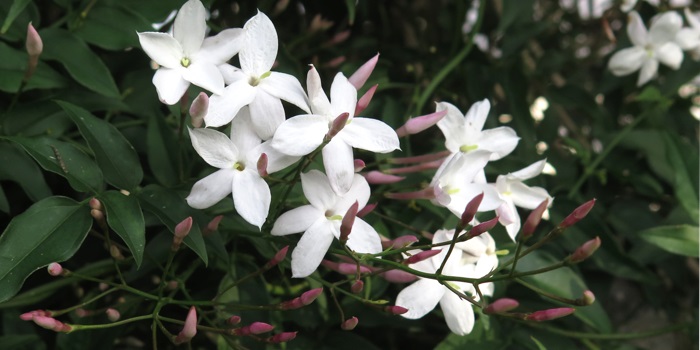
We cannot ignore the subscriber, for which a specific product is recommended. Since these plants need a series of specific nutrients, it is always recommended to use an NPK 12-8-16 type fertilizer or any other product for jasmine with a specific formula. The dose is about 40 to 60 grams for each adult plant, provided through irrigation water. However, the final dose may vary according to the size of the jasmine, if it has not reached the adult level.
Finally, as with all climbers, it is necessary to know how and when to prune a jasmine. This task must be carried out at least once a year, in order to eliminate the less powerful stems and favor the development of flowering. The main pruning of jasmine is done in winter, removing dead, broken or diseased branches, as well as those that have grown too much. The branches that are needed during the rest of the year can also be cut, although not with the same intensity. This pruning must be done with scissors, in order to avoid infections.
By the way, although today we find industrial vacuum cleaners at very interesting prices, it will always be better to resort to the classic rake to collect the remains of this pruning, as these are not particularly large or heavy. What they can be used for is to compost them, thus generating new fertilizer for your jasmine.

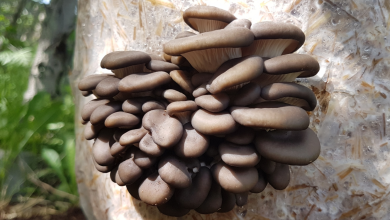
![Photo of Capillary Irrigation: [Concept, Utility, Advantages and Disadvantages]](https://www.complete-gardening.com/wp-content/uploads/2022/08/capillary-irrigation-concept-utility-advantages-and-disadvantages-390x220.jpg)
